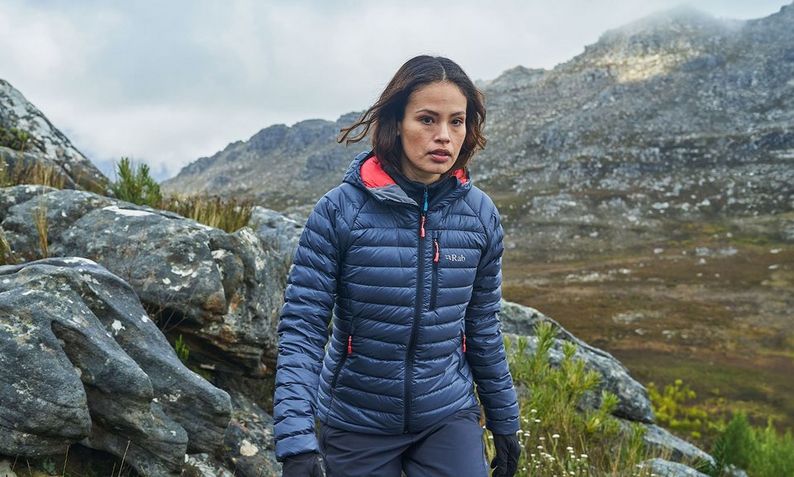
What do we mean by a Backpack?
Backpacks are large volume rucksacks designed to carry clothing and equipment on multi-day journeys. Backpack sizes genereally start at 40 litres and can up as high as 100 litres.
What do we mean by Litres?
Rucksack capacities are measures in litres. For example a 20 litre rucksack could theoretically hold 20 litres of water. As a guide most day bags are 20-30 litres while most backpacks have 50-80 litre capacity.
What different types of Backpack are there?
There are two main types of backpack;
- Trekking Backpacks – Designed to maximise comfort and stability when travelling on foot
- Travel Backpacks – Designed for ease of use when on public transport and when staying in hostels and hotels
What are the common features of a Trekking Backpack?
- Stiffened Padded Hip Belt – Holds the weight of the pack comfortably on the hips
- Adjustable Back System – Adapts the length of the packs harness to maximise comfort
- Compression Straps – Stabilise your load to improve comfort
- Bellows Side Pockets – Collapsible pockets that can be folded away when not in use
- Expansion Section – Extra material around the main opening to increase storage capacity
- Floating Lid – Adjustable height lid to allow for the use of the expansion section
- Secondary Opening – Provides easy access to the contents at the bottom of your pack
What are the common features of a Travel Backpack?
- Detachable Day Bag – For use as hand luggage or for daytrips from your hostel or hotel
- Suitcase Style Zip Opening – Improved access for packing and unpacking
- Harness Cover – Protects your rucksack’s straps when checked-in at the airport
- Adjustable Back System – Adapts the length of the packs harness to maximise comfort
- Stiffened Padded hip belt – Holds the weight of the pack comfortably on the hips
- Alternative Carry Options – Side grab handle or standard shoulder strap for short carries and easy handling
What size backpack do I need?
The main things that affect backpack size are the type of accommodation used and factors dictated by your chosen destination.
-
Recommended Backpack Sizes
- Trekking Backpacks – 40L - 80L+
- Travel Backpacks – 50L - 70L
How should my Backpack be fitted?
Before fitting a backpack for the first time you must identify which type of back system it has.
- Fixed – Such packs have non-adjustable back lengths. Such models may be available in different back length sizes
- Slider Adjustable – Shoulder straps are mounted on sliding rails with a strap to adjust their height. Such packs have their back lengths altered when the pack is on
- Ladder Adjustable – Shoulder straps are fixed to one of a series of slots with a Velcro or strap fastener. Such packs have their back lengths altered before the pack is put on

Step 1
Loosen off the harness adjuster and load stabiliser straps
Load the pack with a minimum of 6kg
Centralise and stabilise the load using additional packing material and the compression straps
...for Slider Back Systems Loosen the slider straps and move shoulder straps to the highest position
...for Ladder Back Systems Use the back measuring device in store to determine the correct length to set the back system

Step 2
With the pack on lean it against a wall to help support the load while you secure the hip belt
The hip belt should be position with its top edge slightly above the top of the hip bone
The hip belt should be tightened as snugly as possible without causing discomfort

Step 3
With the pack still against a wall adjust the shoulder straps until they just begin to tighten then step away from the wall
...for Slider Back Systems Use the slider straps to move the shoulder straps down to eliminate any gap above and behind the shoulders. You may need to use a mirror to do this
Adjust the shoulder straps until you feel approximately 80% of the load on your hips and 20% on your shoulders

Step 4
Fasten and adjust the chest strap to eliminate any outward pressure on the front of the shoulder joints
Don’t over tighten as this may reduce lung capacity

Step 5
Tighten the upper stabiliser traps until you feel them pull the load into your body
Don’t over tighten as this can affect comfort
Tighten the lower stabiliser straps as snugly as possible without causing discomfort
Once correctly fitted you will only need to adjust shoulder straps and hip belt to allow for different clothing combinations

Comments